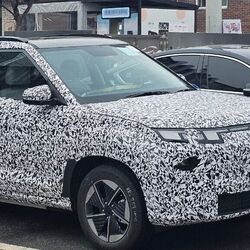Study suggests how autonomous vehicles can be made more pedestrian-friendly
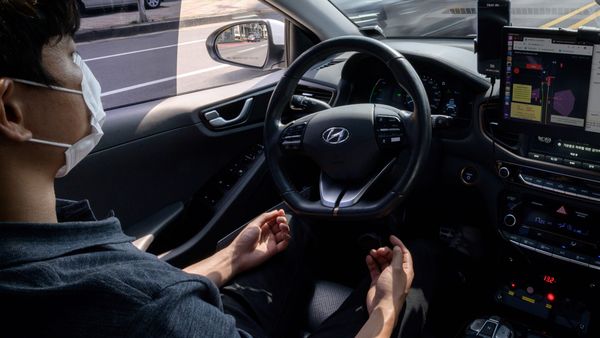

A new research, published in the 'Computational Brain & Behavior Journal' has found how automated vehicles could be made more pedestrian-friendly. The study by University of Leeds-led scientists investigates how autonomous vehicles can better understand human behaviour in traffic.
The study suggests that neuroscientific theories of how the brain makes decisions can be used in automated vehicle technology in order to improve their safety quotient and make them more pedestrian-friendly.
Also check these Bikes
Also Read : Chinese EV maker BYD partners Momenta for autonomous driving technology)
Further, the researchers go on to determine whether a decision-making model called drift-diffusion could possibly predict when pedestrians would cross a road in front of approaching cars. This prediction capability can help autonomous vehicle communicate more effectively with pedestrians in terms of its movements in traffic. Drift diffusion model assumes that people reach decisions after the accumulation of sensory evidence up to a threshold at which the decision is made.
When pedestrians cross road, they not only take into account the vehicle's distance and speed, but also use communicative cues such as vehicle's deceleration and headlight flashes, pointed out Professor Gustav Markkula, from the University of Leeds' Institute for Transport Studies. “When a vehicle is giving way, pedestrians will often feel quite uncertain about whether the car is actually yielding," he added.
Also Read : Outlook 2022: Top 5 automotive trends to watch out in next year
The drift diffusion model being studied by the researchers show this state of uncertainty can be limited, meaning it can be used to help design how automated vehicles behave around pedestrians. This can improve both traffic safety and traffic flow. "It is exciting to see that these theories from cognitive neuroscience can be brought into this type of real-world context and find an applied use," the professor said.
To test their model, the researchers used virtual reality to place trial participants in different road-crossing scenarios in a pedestrian simulator. Movements of participants were tracked in high detail while walking freely inside a stereoscopic 3D virtual scene, where they could see a road with oncoming vehicles.
As predicted, the researchers found that participants behaved as if they were deciding on when to cross by adding up the sensory data from vehicles. This proved that their drift-diffusion model could predict if, and when, pedestrians would be likely to begin crossing the road.
(with inputs from ANI)







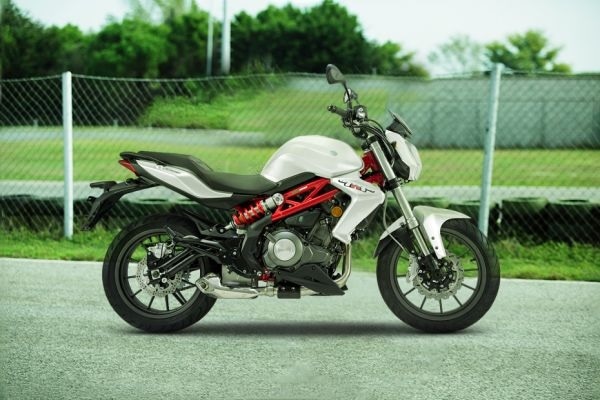
 300.0 cc
300.0 cc 25.0 kmpl
25.0 kmpl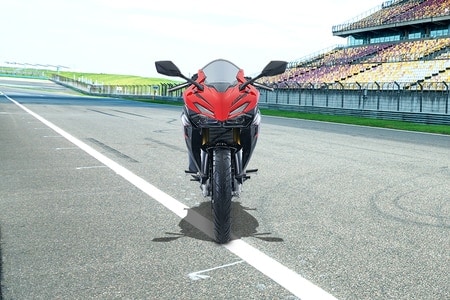



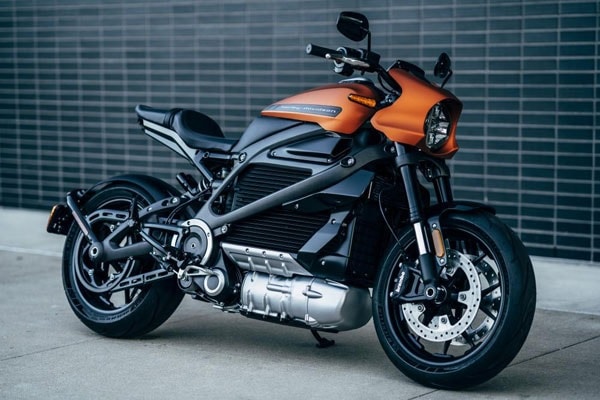
 15.5 kWh
15.5 kWh 235 km
235 km



